There can be your advertisement
300x150
Open Plan Layout: 6 Decorative Zone Design Tips
1. Use Color Differences
Whether you prefer a contrasting color transition or a gentle shift in tones, this difference will highlight the zones. The color boundary can be drawn along walls, floors, or ceilings and complemented with other techniques.

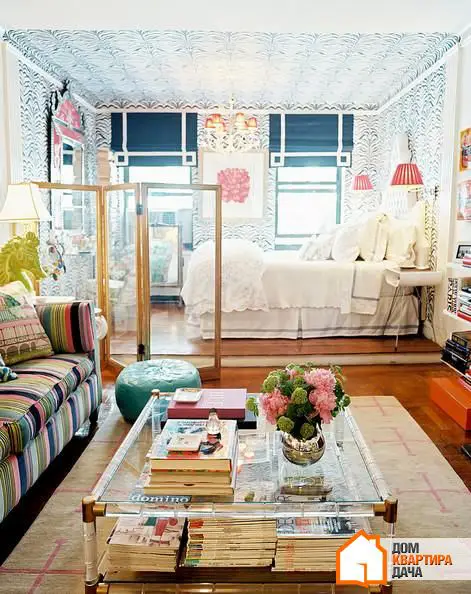
2. Group Furniture
Well-placed furniture emphasizes the purpose of each zone: a dining table with chairs in the center of the room defines guest space, while a sofa, coffee table, floor lamp, and bookshelf define a place for intellectual relaxation. You don't have to strictly adhere to walls. Who said that a sofa or cabinet must end where the wall ends? Use empty spaces to make the room feel more spacious.

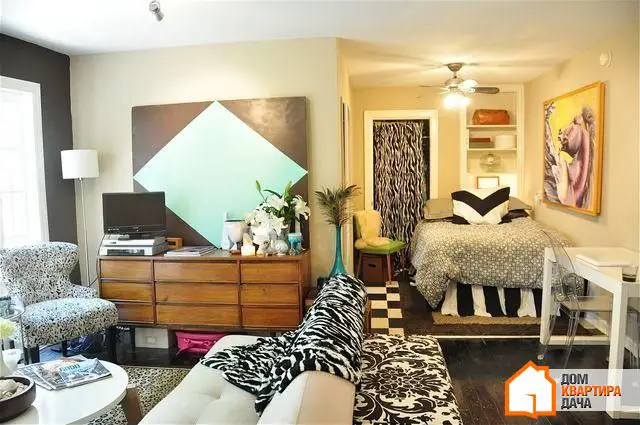

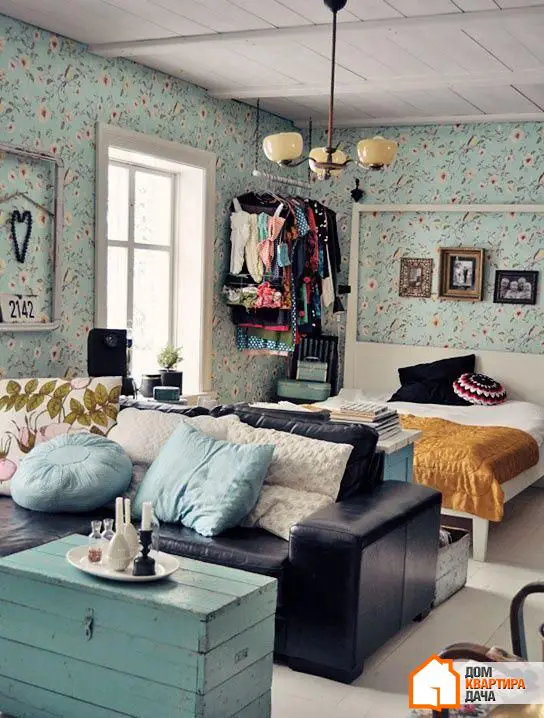
3. Lay Rugs
Rugs often help define zone boundaries. A good example of their use is arranging furniture so that the front legs touch the edge of the rug, and the back legs slightly extend beyond the zone. If the sofa faces away from the dining area, the difference between the living room and kitchen becomes even more apparent.


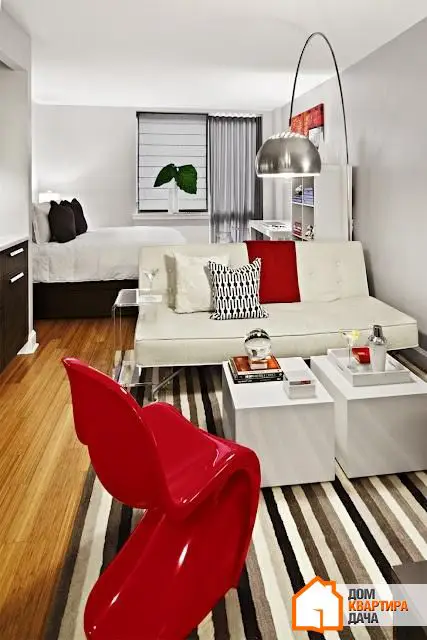
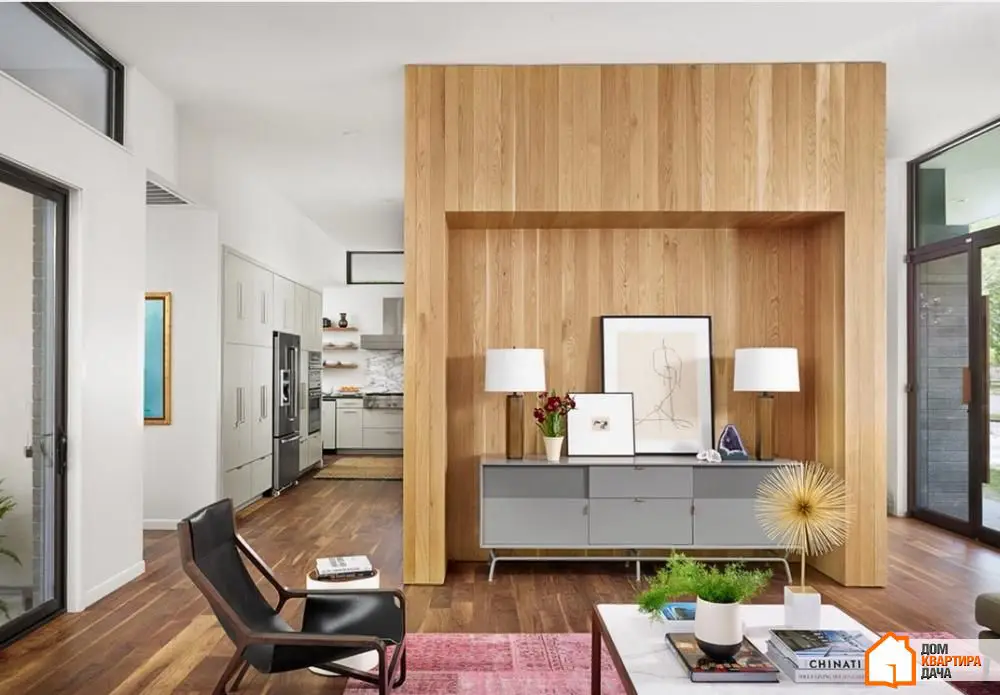
4. Install Shelves
A bookcase and decorative shelves are needed in any apartment, but instead of placing them along a wall, create a partition between zones. While this technique is less sophisticated than working with color or furniture grouping, it's reliable: a shelf is a clear divider, though not as definitive as a wall.

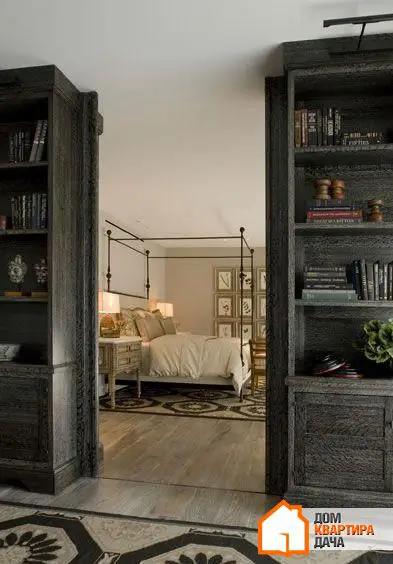

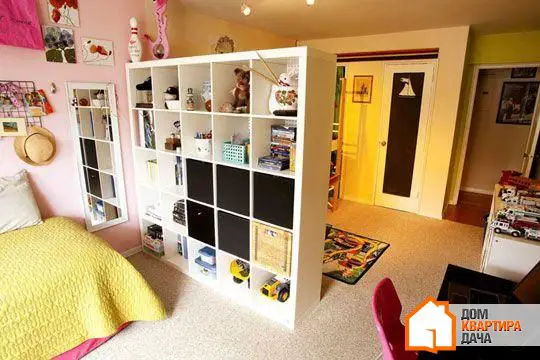
5. Zone with Textiles
Textiles can create a private space, which is particularly useful for studios and one-room apartments but also helpful in larger spaces. A textile divider can be mounted on a beam under the ceiling, and it's up to you whether it’s a sheer curtain or a denser fabric.


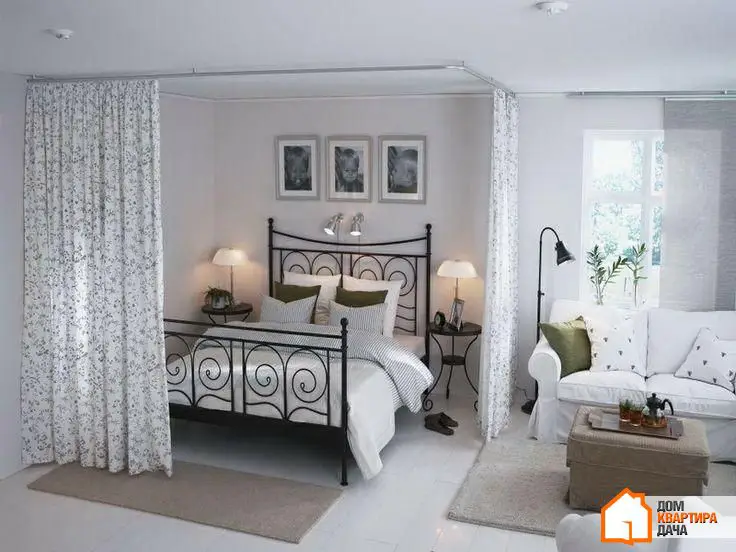
6. Place a Screen
A convenient way to zone space as needed: a screen can be used to separate sleeping areas from view or folded to block sightlines without obstructing natural light.

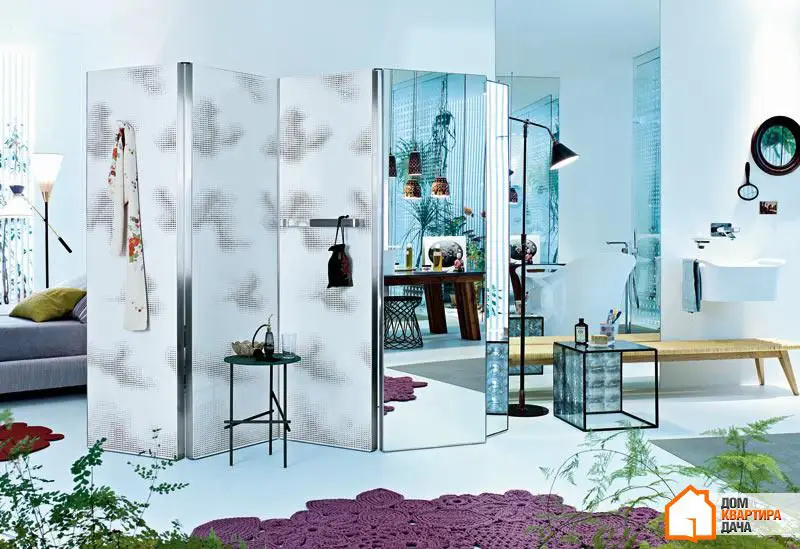
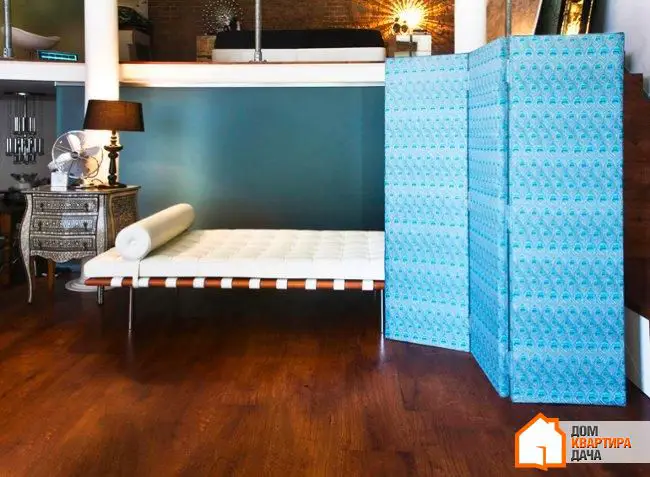
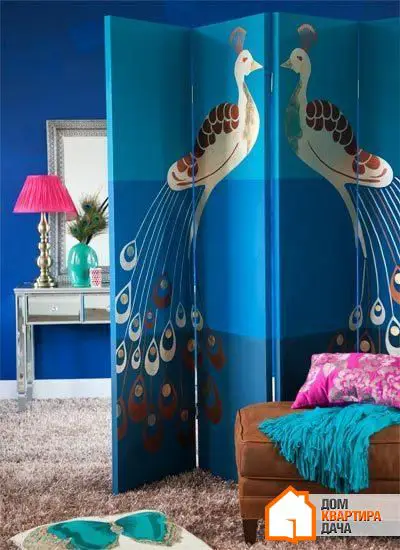
More articles:
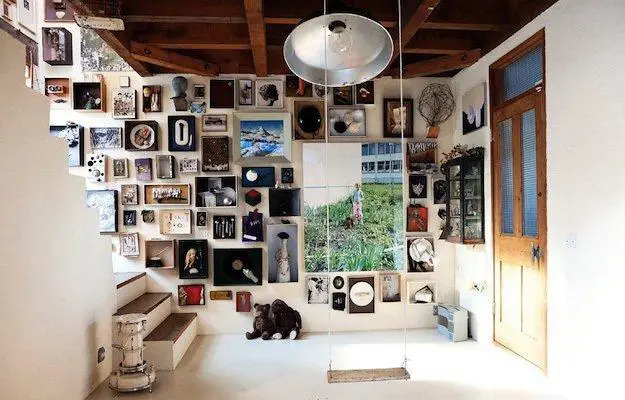 Where to Store Souvenirs: 7 Best Tips
Where to Store Souvenirs: 7 Best Tips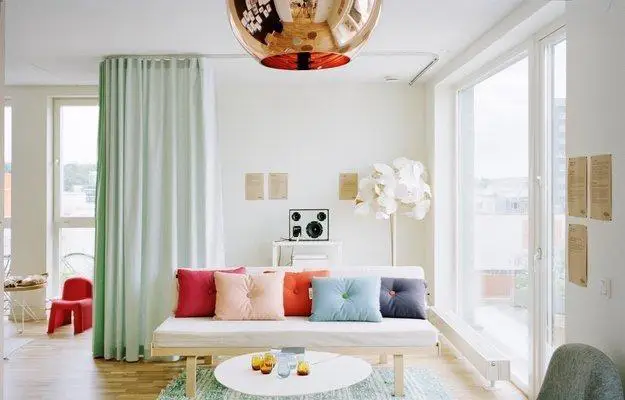 Living Room Decor: 10 Common Mistakes
Living Room Decor: 10 Common Mistakes "I Want This!": Help Your Child Choose the Right Color for Their Bedroom
"I Want This!": Help Your Child Choose the Right Color for Their Bedroom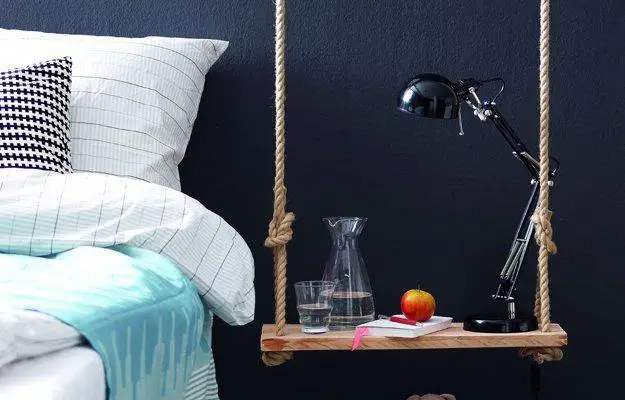 Bedside Tables: 5 Unusual Ideas, 35 Examples
Bedside Tables: 5 Unusual Ideas, 35 Examples Storing Items in a Rental Apartment: 9 Productive Ideas
Storing Items in a Rental Apartment: 9 Productive Ideas How to Update Living Room Interior on a Tight Budget: 12 Effective Ideas
How to Update Living Room Interior on a Tight Budget: 12 Effective Ideas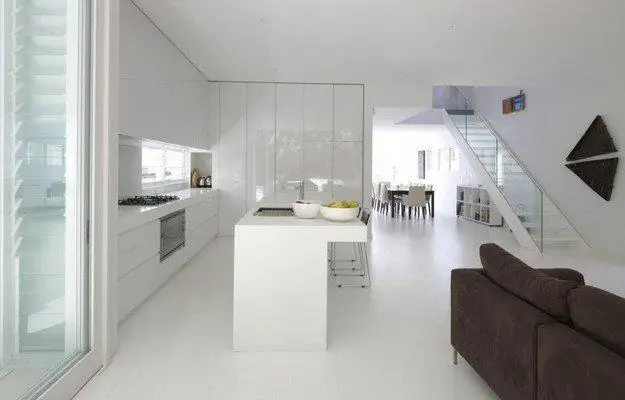 How to Live Comfortably: 4 Simple Steps for Creating a Functional Layout
How to Live Comfortably: 4 Simple Steps for Creating a Functional Layout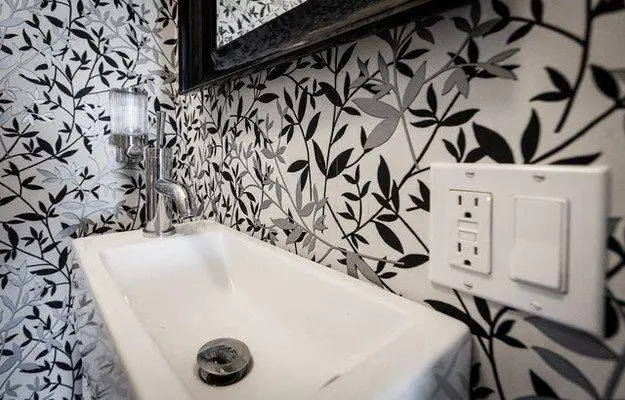 How to Save Space in a Tiny Bathroom: 10 Ideas and Solutions
How to Save Space in a Tiny Bathroom: 10 Ideas and Solutions